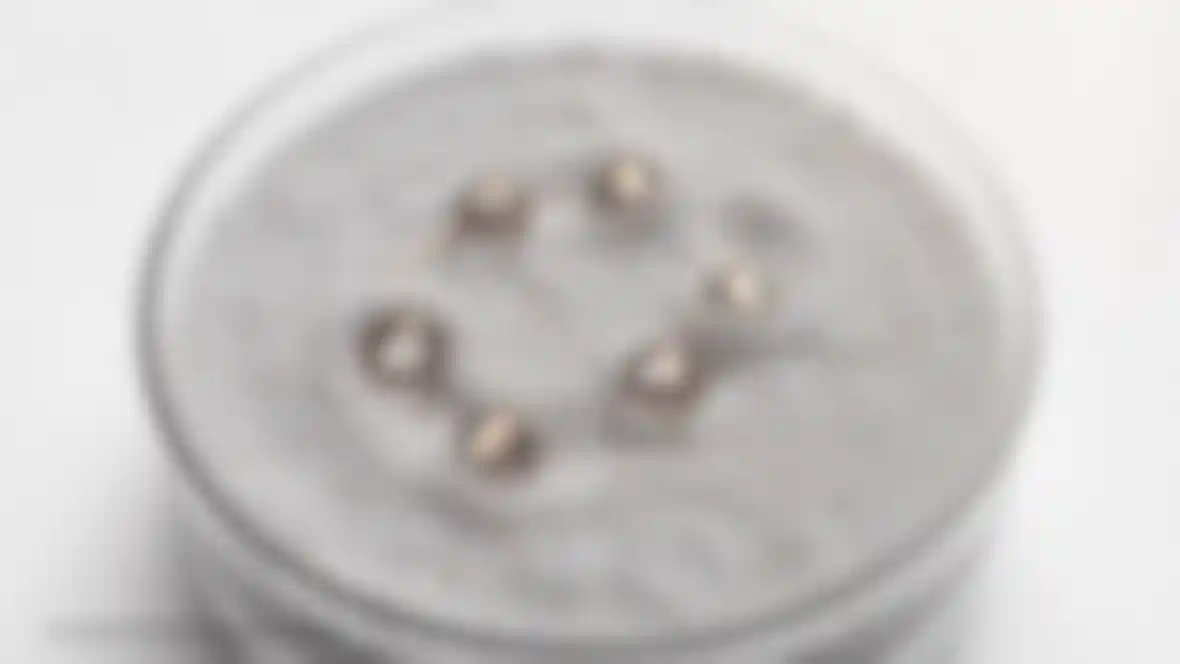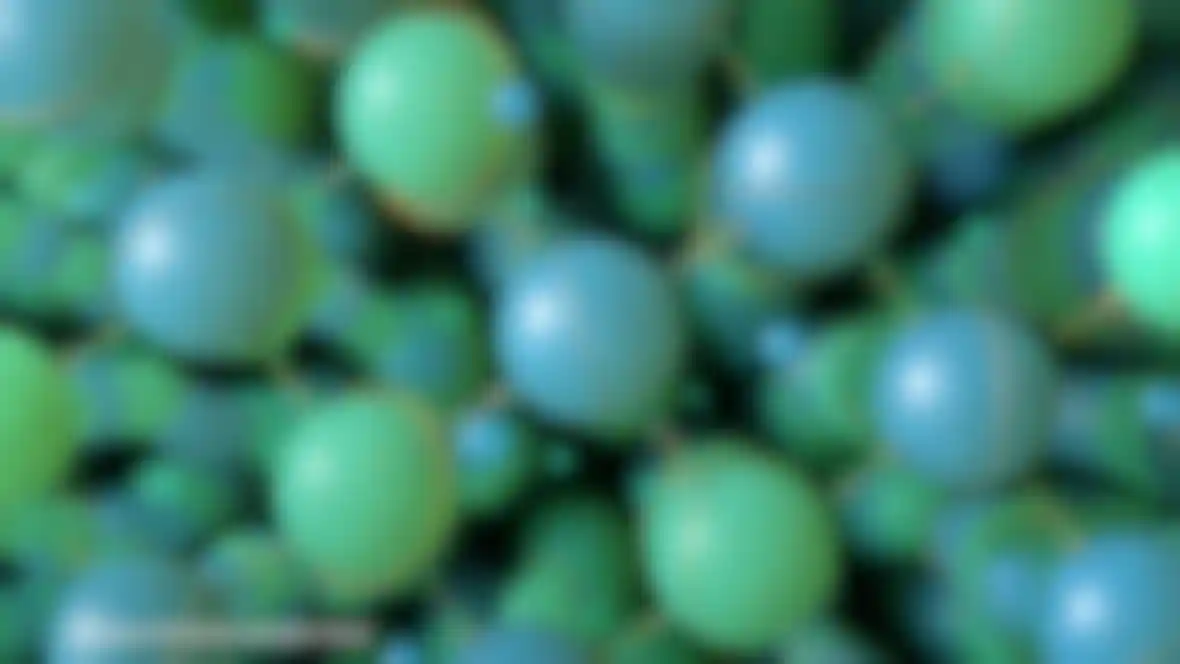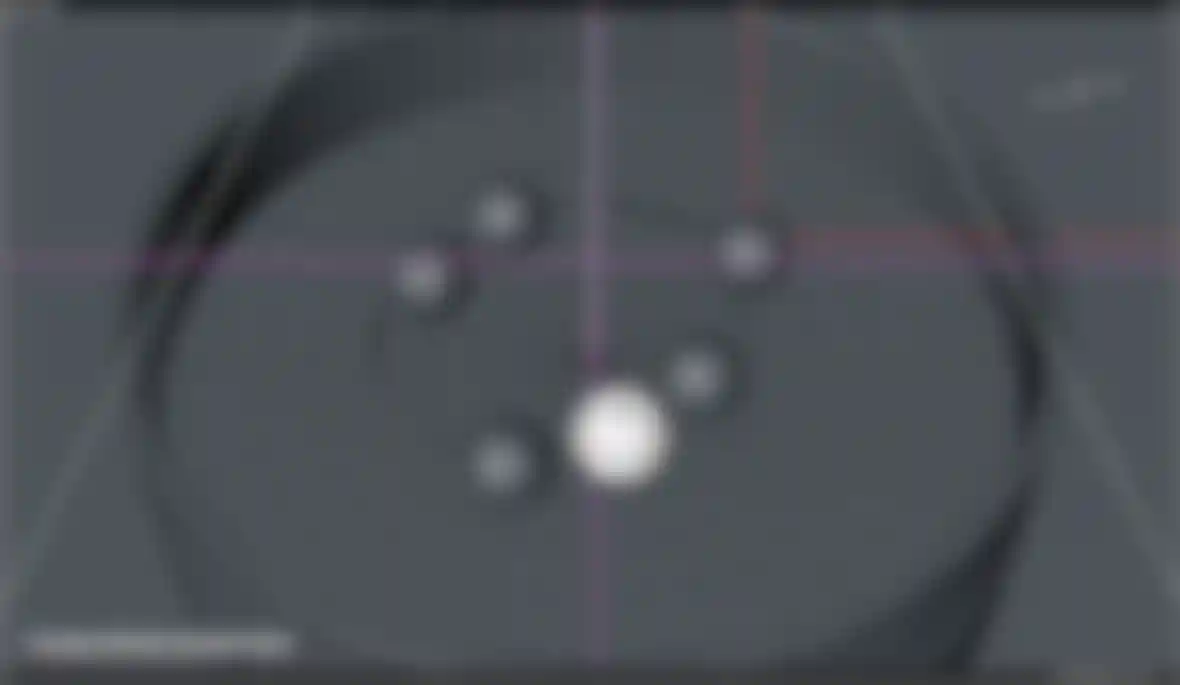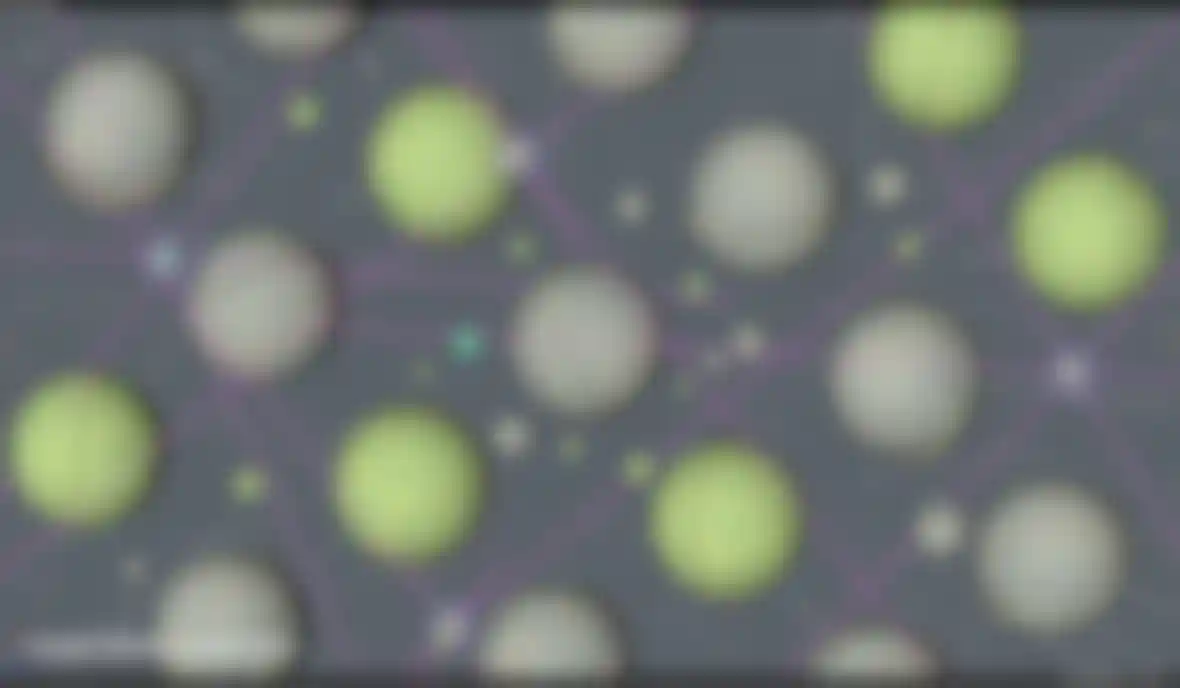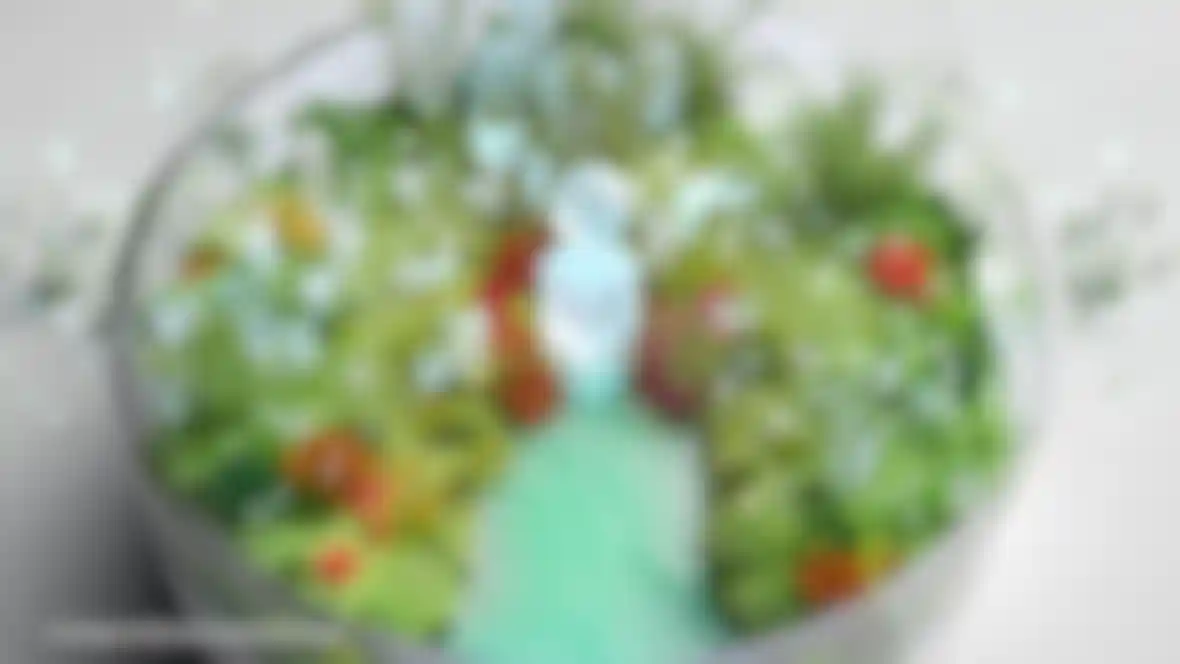
Do Business With Clients Who Like Your Style Onesal turns to Cinema 4D to create a uniqe brand film.
In 2014, Argentinean Nahuel Salcedo founded Onesal, a boutique art direction and design studio in Tokyo. He created a brand film for the global campaign, ‘Make Your Impact’, for the world’s largest consulting firm, Deloitte. The film’s aim was to illustrate new technologies and their impact on the world in an artistic style inspired by Japanese design. We talked to Nahuel Salcedo about his work.
You use abstract expressions for much of your work.
We enjoy making this kind of films and we want to continue developing this style further.
Is it difficult for clients to understand this style?
It can be difficult. However, we are only trying to do business with clients who understand our style so we do not have to persuade a client who does not like it.
How do you find clients that are open to your design style?
We produce high-quality films and publish them on various websites. We also submit our work to events in the advertising field and clients contact us after seeing our work. Sometimes a client will want to have their film created in the same style as another film we created but often they actually want something completely different. Abstract work can sometimes be difficult to explain to the client.
How do you present your idea to the client?
We use styleframes. Although styleframes are just still images, they enable us to show the client a visual that is close to the finished form. We create them in 3D with simulations made in Cinema 4D and Houdini, and as soon as we get an interesting movement or shape, we render it with Octane Render. Once the client is satisfied, we start working on an animatic. Basically, we don’t make a storyboard. In business projects, we sometimes create storyboards or receive them from clients or agents, but we do not publish such projects on our website. Our main task is to produce a visualization of the brand.
What is your main 3D tool?
It is Cinema 4D, since it is very easy to use. Of course, we also use other software, but I have been using Cinema 4D for about 12 years. When I was making motion graphics in Argentina, there were a lot of artists and designers using Cinema 4D. When I came to Japan eight years ago, the situation was different, but now it has increased a lot. I feel that it is changing, I think it is a good move.
Many artists use one software only in Japan, but how do you use software differently?
Of course, sometimes we create it with only one software. When a lot of particles is needed, we make it in Houdini and bring it into Cinema 4D. It takes time to learn when trying to use different software, also Houdini cannot be used by anyone. So it would be ideal to use a variety of software while having a good balance. However, I think that it is easier to go with Cinema 4D (laughs).
Where did you learn about Cinema 4D?
The company I worked with was using Cinema 4D and I realized it was very easy to use. It does not take a lot of time to learn. The things I want to create can be easily done with Cinema 4D.
What is your favorite feature in Cinema 4D?
I often use MoGraph and dynamics. I also really enjoy working with soft bodies. Previously it took a lot of time to calculate, but now it got easier and the calculations became faster.
We recently heard your name a lot in the 3D industry.
That's nice, if what you heard about me was good (laughs).
Of course, you have a good reputation. Could you tell us about your workflow?
Sometimes we use X-particles, Houdini, Marvelous designer, and RealFlow. Cloth simulation with Marvelous designer is very fast. We love to use simulation. The results can be difficult to control, but it is often interesting anyway. Sometimes you can even get new ideas from those results. Personally, I think it is exciting to work this way. In the project for Deloitte we used simulations a lot. Of course, keyframe animation was also used, but we prioritised simulations.
All of Deloitte's sequences feel very satisfactory, what is your secret?
Trying a lot of things. We find it would be interesting to observe and mimic the look and movement of insects and flowers for example.
The video of Nikolai Bergmann, famous for its flowers, is also very nice. Do you have many clients in Japan?
Many clients are from outside of Japan. We are a Japanese company but many of us are foreigners, so sometimes it's hard to make a name for ourselves here.
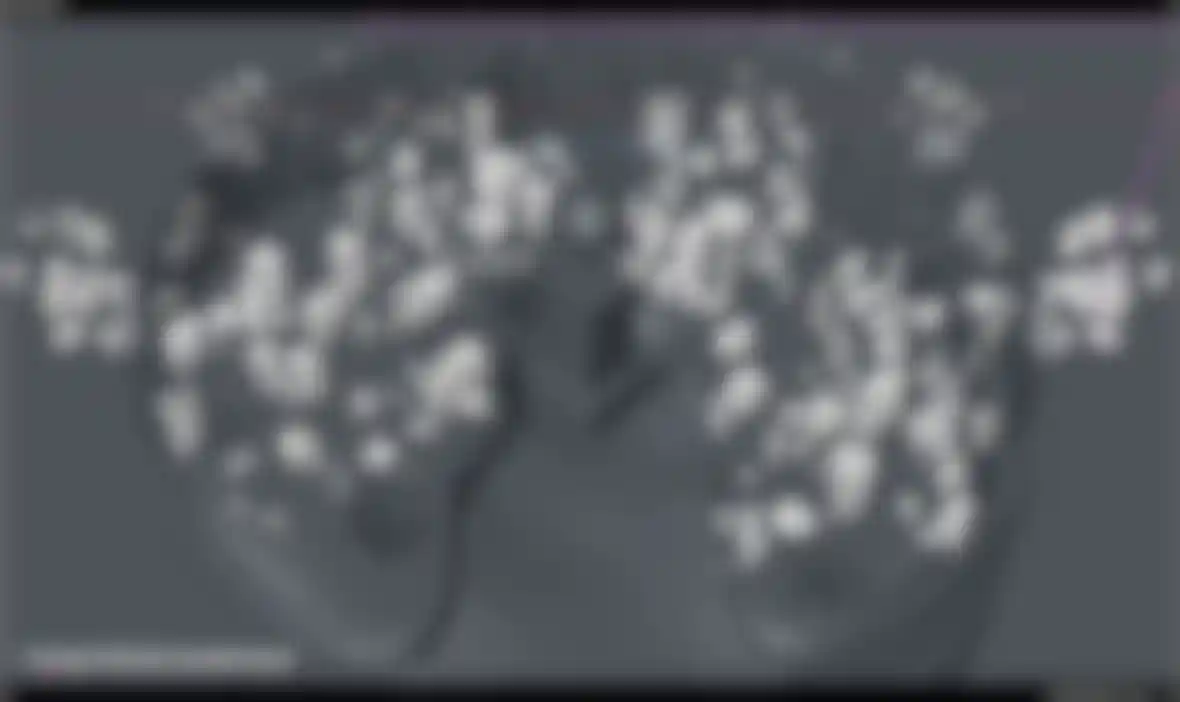
Is it easier for foreign clients to relate to your work?
Not really. I think that there will be more requests from Japan in the future and I would like to prepare for that. We are a small international company and to be based in Japan is also part of our identity. Foreign clients and designers are usually very interested in that. Indeed, we’ve had interesting discussions with foreign advertisers. Being based in Japan offers a lot of benefits.
Is it more difficult doing business with foreign customers?
Not at all, meetings can be arranged via Skype or conference calls. Also, we often collaborate with foreign designers. At the moment we are collaborating with freelancers in Argentina, Italy and the UK.
Why did you found your company in Japan?
I was very interested in Japanese culture so I really wanted to live in Tokyo. It is very different from Argentina regarding social and human relations. I also love Japanese food. The Japanese “Wa” and balance of beauty are good. I think that the Japanese "Wa" is expressed in some way in our work. However, our "Wa" may be from a different perspective that reflects more of what foreigners feel. 13 designers are working at Onesal, most of which are foreigners. I think a diverse and international group adds something special and unexpected to our pieces, which makes our work even more interesting in the end.
Do you have anyone whose style you admire or get inspiration from?
We follow individual designers, photographers, small design companies on Instagram, and specially photographic work. Flowers, jewelry, sculptures, architecture – those can become really good references for us. We try not to be inspired too much by other CG works.
Who are your favorite CG artists?
There are many CG artists that we like. But we try not to use their work as a reference so we can avoid imitating their work. But at the studio we like ManvsMachine, More and more, Sehsucht, foam Studio, Mr. Ryo Toyoda who has collaborated with us several times. We also like WOW and Tangram. Their art direction is really good. We would like to do something like that someday. Many of these studios and artists use Cinema 4D.
Profile
Onesal
A design boutique founded in Tokyo by Nahuel Salcedo, an Argentina native specializing in design and motion graphics.
Nahuel Salcedo
Nahuel got his professional start in Buenos Aires based 2Veinte Studio. He has been engaged in the production of motion graphics for about five years. He then moved to Japan and studied at the Graduate School of Media Design (KMD), Keio University for 2 years. After graduating, he worked at high-end motion graphics studios in London, New York and Los Angeles but decided to stay in Tokyo where he launched a western-style studio.
